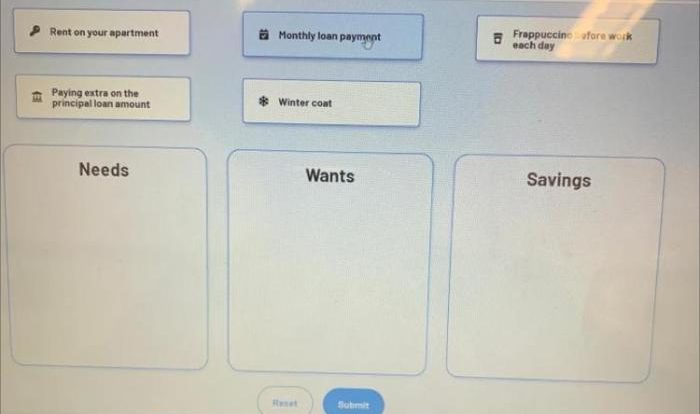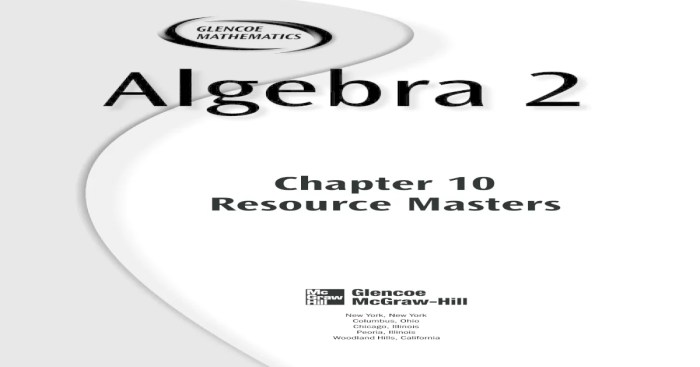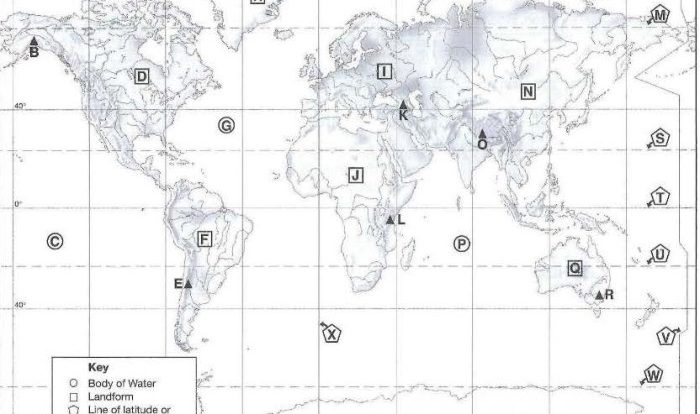Wordly Wise 3000 Fourth Edition, an unparalleled resource for vocabulary development, embarks on a transformative journey, guiding students towards linguistic excellence. This meticulously crafted program empowers learners with a comprehensive understanding of 3000 essential words, unlocking their potential for effective communication and critical thinking.
Through innovative strategies, Wordly Wise 3000 Fourth Edition fosters a deep understanding of word origins, contextual usage, and word relationships. Its systematic approach ensures that students not only acquire new vocabulary but also retain and apply it with confidence in real-world scenarios.
Vocabulary Development: Wordly Wise 3000 Fourth Edition
The fourth edition of Wordly Wise 3000 includes a curated list of 3000 words deemed essential for academic and personal growth. These words are carefully selected to provide a solid foundation in language and communication, unlocking new possibilities for expression and comprehension.
To enhance vocabulary acquisition, the program employs a multi-faceted approach. Students engage with words through interactive activities, such as games, puzzles, and discussions, fostering a playful and engaging learning environment. Additionally, the program emphasizes repetition and review, reinforcing new words through regular exposure and practice.
Strategies for Word Retention
- Contextual Learning:Words are presented within meaningful contexts, such as stories, articles, and dialogues, helping students understand their usage and nuances.
- Visual Aids:Illustrations, diagrams, and charts accompany word explanations, providing visual cues that enhance comprehension and retention.
- Spaced Repetition:Words are reviewed at increasing intervals, strengthening memory and ensuring long-term retention.
- Active Recall:Students are encouraged to actively recall words through exercises such as flashcards, writing activities, and oral presentations, promoting deeper understanding and retrieval.
Contextual Usage
Wordly Wise 3000 Fourth Edition prioritizes teaching students the contextual usage of vocabulary words. This comprehensive program emphasizes the importance of understanding words within their linguistic environment, enabling students to grasp the nuances and shades of meaning.
The program employs a multifaceted approach to enhance sentence comprehension and word usage. Students are introduced to new words in engaging contexts, fostering a deeper understanding of their significance. Interactive exercises challenge students to apply these words accurately, reinforcing their contextual grasp.
Techniques for Improving Sentence Comprehension and Word Usage
- Contextualized Introduction:Words are presented within authentic and meaningful sentences, providing a real-world framework for understanding.
- Interactive Exercises:Students engage in interactive exercises that require them to use the target words correctly, deepening their comprehension and promoting active recall.
- Multiple Exposures:Words are repeatedly encountered in different contexts, reinforcing their meaning and usage, and fostering long-term retention.
- Sentence Analysis:Students analyze sentences to identify how words are used, developing a keen understanding of sentence structure and word relationships.
Role of Practice Exercises in Reinforcing Contextual Understanding
Practice exercises play a pivotal role in solidifying contextual understanding. By engaging in these exercises, students actively apply the target words in various contexts, strengthening their comprehension and retention.
These exercises include:
- Fill-in-the-Blank Exercises:Students fill in blanks with appropriate words, reinforcing their understanding of word usage in specific contexts.
- Sentence Completion Exercises:Students complete sentences using the target words, demonstrating their ability to apply the words accurately.
- Short Answer Questions:Students answer questions that require them to explain the meaning of words in context, fostering a deeper comprehension.
- Essay Writing:Students incorporate the target words into essays, demonstrating their ability to use the words effectively in extended writing.
Etymology and Word Origins
Etymology, the study of word origins and histories, provides invaluable insights into vocabulary comprehension and growth. Understanding the evolution of words enhances our ability to decipher their meanings, make connections between words, and expand our linguistic repertoire.
Methods used to teach word histories include: direct instruction, interactive exercises, and etymological dictionaries. Direct instruction involves explicit explanations of word origins, while interactive exercises engage students in hands-on activities like word mapping or etymology puzzles. Etymological dictionaries provide comprehensive information on word histories, enabling students to explore word origins at their own pace.
Benefits of Studying Word Origins
- Enhanced Vocabulary Comprehension:Understanding word origins helps us comprehend the nuances of words, their connotations, and their usage in different contexts.
- Improved Word Retention:When we learn the history of a word, we create a stronger mental connection to it, enhancing our ability to recall and use it accurately.
- Increased Word Discrimination:Studying word origins allows us to distinguish between words with similar meanings but different etymologies, leading to more precise language usage.
Examples of Enhanced Vocabulary Comprehension
- “Etymology”:Derived from Greek “etymon” (true sense) and “logos” (word), “etymology” refers to the study of true word meanings.
- “Pedagogy”:Originating from Greek “pais” (child) and “agogos” (leader), “pedagogy” signifies the art of leading children, hence its association with education.
- “Serendipity”:Coined by Horace Walpole from a Persian fairy tale, “serendipity” refers to the fortunate discovery of something valuable while searching for something else.
Word Relationships
Understanding word relationships is a crucial aspect of vocabulary development. It enables individuals to grasp the nuances of language, make precise word choices, and comprehend complex texts effectively.
To enhance word relationship comprehension, various techniques are employed:
Synonyms
Synonyms are words with similar meanings. Teaching synonyms involves exposing learners to multiple words that express the same or a similar idea. This can be done through word lists, matching exercises, and sentence completion activities.
Antonyms
Antonyms are words with opposite meanings. Teaching antonyms helps learners recognize contrasting ideas and develop a comprehensive understanding of word polarity. Activities like sorting words into opposite pairs, creating antonym charts, and using antonyms in context are effective in this regard.
Homophones
Homophones are words that sound the same but have different meanings and spellings. Teaching homophones involves activities that focus on distinguishing between words with similar pronunciations. Examples include word puzzles, listening exercises, and sentence construction tasks.
Other Word Relationships
Beyond synonyms, antonyms, and homophones, other word relationships include:
- Hyponyms (more specific terms) and hypernyms (more general terms)
- Meronyms (part of a whole) and holonyms (whole of which a part is)
- Collocations (words that frequently occur together)
Understanding these relationships enriches vocabulary, enhances comprehension, and fosters effective communication.
Vocabulary in Practice
Vocabulary in Practice encompasses real-world applications, strategies for implementation, and assessment techniques. It emphasizes the practical use of vocabulary in various contexts.
By understanding word meanings and their nuances, students can effectively communicate their ideas, comprehend complex texts, and engage in critical thinking.
Applying Vocabulary Knowledge
- In writing, students can incorporate vocabulary into essays, articles, and stories to enhance their writing style and convey their ideas with precision.
- In speaking, vocabulary knowledge enables students to express themselves clearly and persuasively in conversations, presentations, and debates.
- In critical thinking, vocabulary plays a crucial role in analyzing information, forming arguments, and solving problems.
Assessment of Vocabulary Progress
Assessment is essential for evaluating students’ vocabulary progress and identifying areas for improvement. Various assessment techniques can be employed:
- Formal assessments, such as standardized tests and vocabulary quizzes, provide quantifiable data on students’ vocabulary knowledge.
- Informal assessments, like word games and vocabulary logs, offer opportunities for students to practice and demonstrate their vocabulary skills.
- Teacher observations during class discussions and writing assignments can provide insights into students’ vocabulary usage and comprehension.
Design and Organization
The fourth edition of Wordly Wise 3000 has undergone significant design and organizational changes to enhance its effectiveness in vocabulary instruction. Key features that distinguish it from previous editions include:
Table: Comparison of Key Features
| Feature | Previous Editions | Fourth Edition |
|---|---|---|
| Lesson Structure | Focus on a single word list per lesson | Multi-word lessons with interconnected vocabulary |
| Word Selection | Emphasis on high-frequency academic vocabulary | Expanded vocabulary list to include words from diverse domains |
| Instructional Activities | Limited variety of exercises | Wide range of interactive and engaging activities |
| Assessment | Traditional paper-and-pencil tests | Online assessments and progress monitoring tools |
Flowchart: Progression of Vocabulary
The fourth edition of Wordly Wise 3000 follows a structured approach to vocabulary development, illustrated by the following flowchart:
- Introduction:New words are introduced through engaging activities and visuals.
- Practice:Students engage in repeated exposure to the words through various exercises.
- Application:Words are used in context through writing, speaking, and reading activities.
- Assessment:Progress is monitored through regular assessments and feedback.
Supplemental Resources, Wordly wise 3000 fourth edition
The fourth edition of Wordly Wise 3000 is accompanied by a comprehensive suite of supplemental resources to support both teachers and students:
- Teacher’s Guide with lesson plans, assessments, and answer keys
- Student Workbook with additional practice exercises
- Online platform with interactive games, quizzes, and progress tracking
- Mobile app for vocabulary review on the go
- Professional development resources for teachers
Helpful Answers
What is the significance of the 3000 words in Wordly Wise 3000 Fourth Edition?
The 3000 words in Wordly Wise 3000 Fourth Edition represent a carefully curated collection of high-frequency words that are essential for academic success and everyday communication.
How does Wordly Wise 3000 Fourth Edition teach students to use words in context?
Wordly Wise 3000 Fourth Edition employs a variety of strategies to teach students contextual usage, including sentence completion exercises, cloze passages, and real-world examples.
What are the benefits of studying word origins and etymology in Wordly Wise 3000 Fourth Edition?
Studying word origins and etymology in Wordly Wise 3000 Fourth Edition provides students with a deeper understanding of word meanings, enhances their ability to decode unfamiliar words, and fosters a lifelong appreciation for language.





